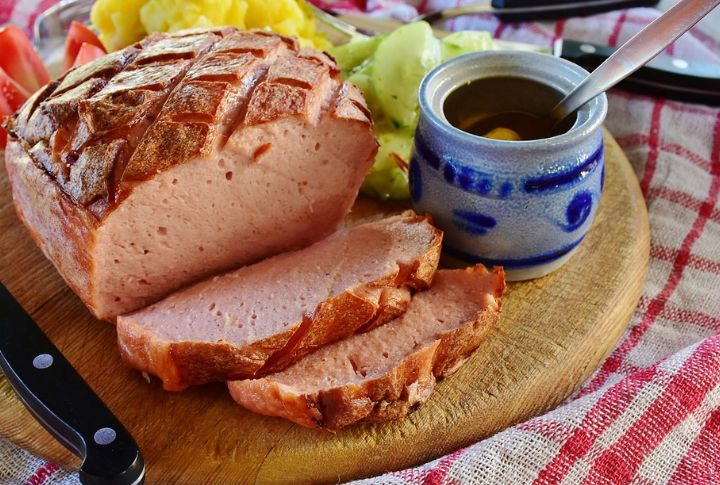
Why does your meatloaf never quite hit the same way Grandma’s did? She probably had a few tricks hiding in the pan, and some of them sounded questionable until you tasted the results. It’s not weird, just wildly clever. This isn’t about secret family recipes. It’s about the ten ingredients that made her meatloaf unforgettable and why they still work today.
Saltine Crackers

Carbohydrates in crushed saltines bind proteins and absorb meat juices, creating structural integrity during baking. Why saltines? Their neutral flavor and consistent dryness made them ideal for soaking up fats during post-war rationing. Homemakers’ kitchens relied on what was available, and the chemistry was delivered.
Grape Jelly

Curious why Grandma’s meatloaf had that sweet-savory kick? She likely used grape jelly. It was more than a sandwich spread—it added moisture and a tart-tasting depth. Back in the ’60s, inventive cooks often mixed it into the glaze. Try it once, and you’ll never un-know that flavor magic.
Tomato Soup
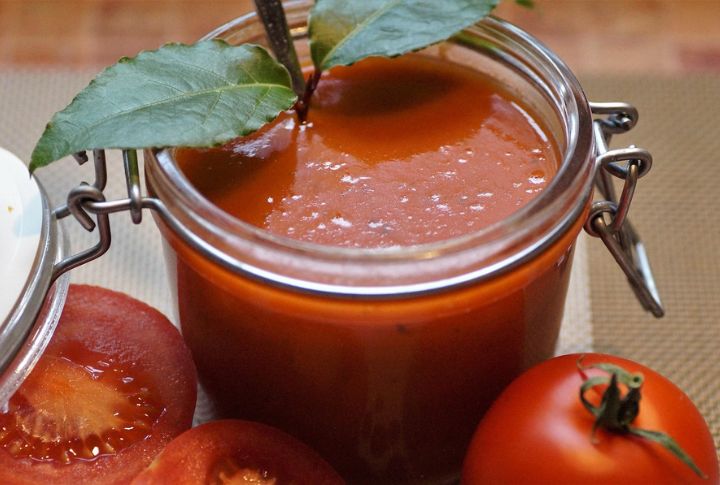
A can of tomato soup sounds like the wrong move, right? Not back then. It went straight on top, like a thick red coat that locked in every bit of juiciness. Ketchup stayed in the fridge. This stuff brought comfort and the kind of dinner that no one left the table unfinished.
Oatmeal
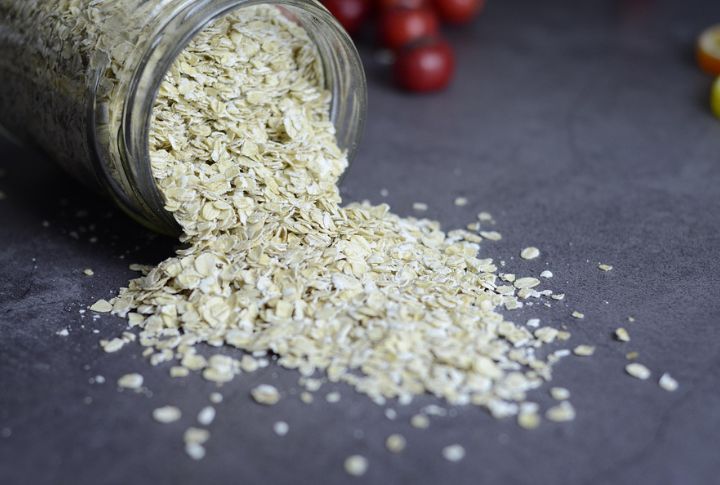
Oatmeal served many purposes beyond being breakfast in Grandma’s kitchen. Rolled oats acted as a meat stretcher—ideal during tough times. Mixed into ground beef, they absorbed moisture and made portions last. Grandma saved money while building comfort food with texture. No breadcrumbs? No problem. Oats saved the day.
Canned Mushrooms
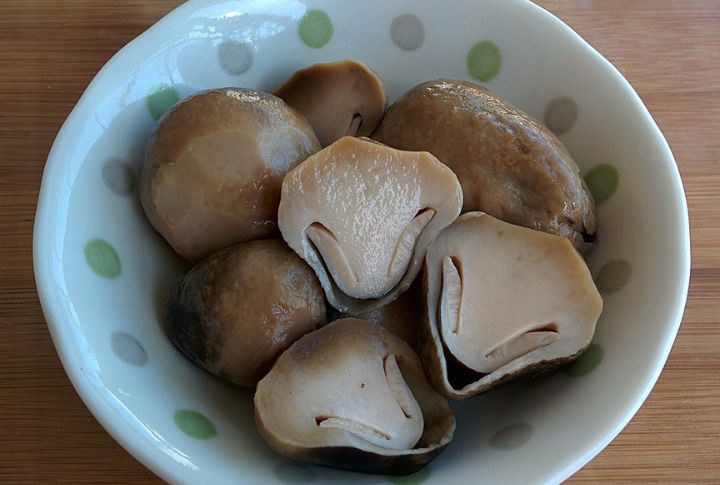
Canned mushrooms brought bold flavor to meatloaf, with the liquid soaking straight into the mix. That earthy depth didn’t need extra help; it worked on its own. What looked like a shortcut added real character, turning a simple dish richer with every bite.
Shredded Carrots
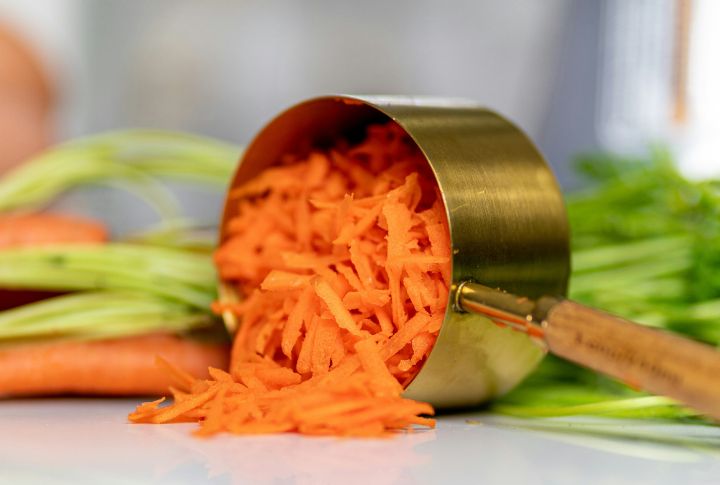
Tiny orange strips hid in every bite like veggie confetti. No one was really tricked, but the extra color made things fun. Carrots added just enough sweetness and softness to make each mouthful pop. Plus, you technically got your veggies sneaked in.
Chopped Prunes
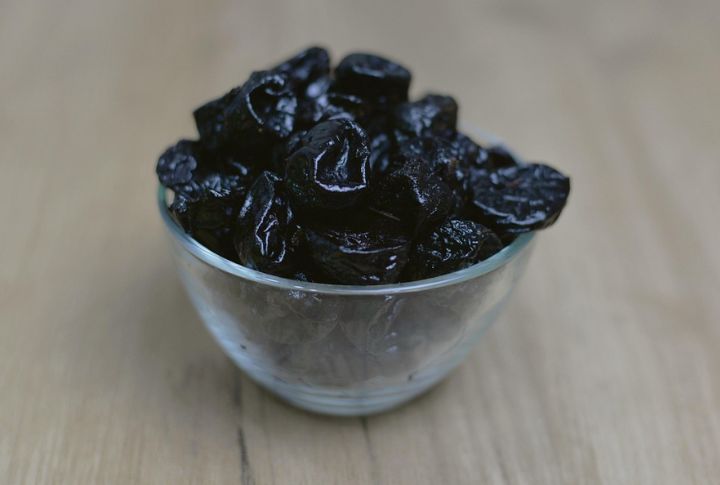
Soft. Sweet. Slightly chewy. Prunes slipped into the meat without drawing attention. Instead of adding sugary notes, they brought gentle depth and locked in moisture that kept each slice tender. Nothing stood out visually, but the texture spoke for itself. A quiet addition made a lasting difference.
Hard-Boiled Eggs
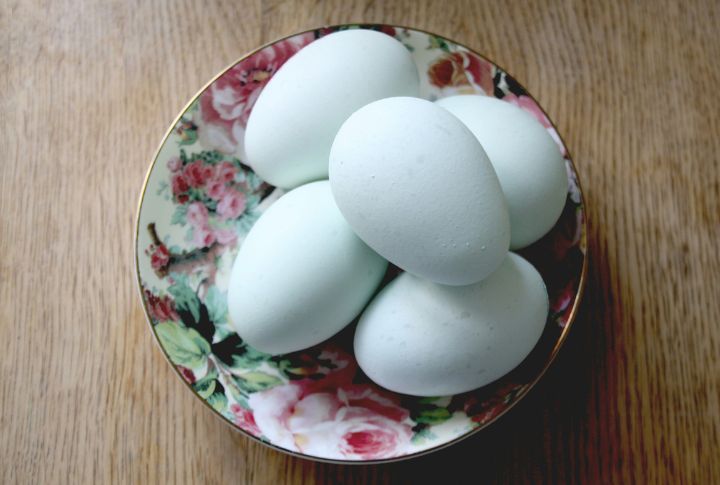
A whole egg in the center of the meatloaf added more than surprise. Slicing into it revealed a golden core with the hardened egg white around it. The egg symbolizes intention and purposeful kitchen work. It made sure you knew even the simple meatloaf could carry the quiet gesture of the amount of effort put into it.
Worcestershire Sauce

One whiff of Worcestershire sauce brings dinner memories rushing back. That sharp, fermented aroma seasons and hits deeper notes. Its complex tang cuts through rich meat, adding depth to the protein. The sauce complements the mix of flavors and gently enhances how the meat holds its shape.
Evaporated Milk
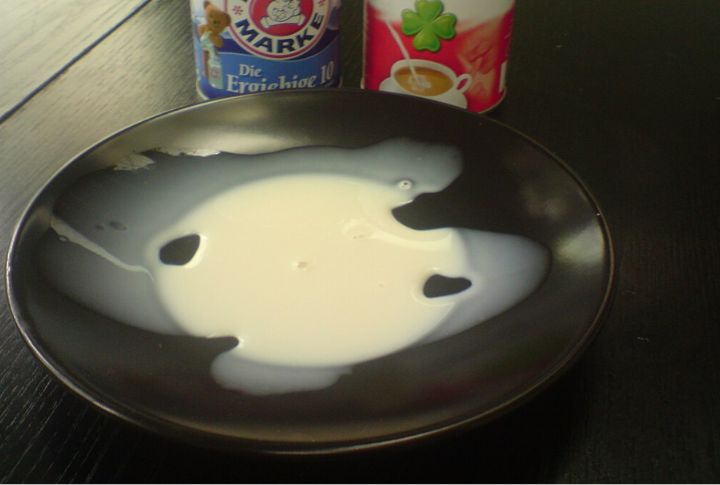
Guess what Grandma kept in the pantry long after it stopped being trendy? Evaporated milk. Not glamorous, but oh-so-effective. It made meatloaf creamy and heartwarming without watering it down. Pop that can open, pour it in, and suddenly, you’ve got a silky meat hug straight from the past.
Leave a comment